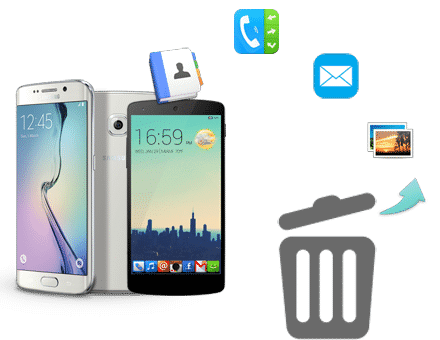
/GettyImages-860969670-5ae1f89e3128340037c6a2dd.jpg)
- #LOST SMARTPHONE DATA RECOVERY HOW TO#
- #LOST SMARTPHONE DATA RECOVERY FULL#
- #LOST SMARTPHONE DATA RECOVERY ANDROID#
- #LOST SMARTPHONE DATA RECOVERY VERIFICATION#
#LOST SMARTPHONE DATA RECOVERY ANDROID#
It’s a feature-rich data recovery tool that’s designed to retrieve lost data from an Android device. We recommend using Dr.Fone - Android Data Recovery. If that’s the case you’ll need a professional data recovery tool to retrieve the lost files. But, there’ll be a huge probability that the person who stole it might have reset the device and deleted all your personal files. Now, it’s quite possible that you may be able to find your lost Samsung phone. Part 4: Recover Lost Data from Your Samsung Phone Then, click “Download All” to save them on your PC. Simply select the pictures that you want to save and click the “Menu” button in the top-right corner. Step 2 - Once logged in, you’ll see all the photos on your screen. Make sure to use the same Google account that you were using on your smartphone. Step 1 - Go to and log in with your Google account credentials.
#LOST SMARTPHONE DATA RECOVERY HOW TO#
Here’s how to retrieve photos from a lost phone using Google Photos.

All you need is the Google account credentials that you used to set up your Samsung device. Google Photos automatically backs up all your images and videos to the cloud and you can retrieve them anytime you want. It’s a cloud-storage application that comes pre-installed on almost every Android device. If you only want to restore lost photos and don’t really care about other data, you can use Google Photos to get the job done. Once the files are successfully backed up, again log into your Samsung cloud account on any other device and restore the files from the backup. Then, click “Backup” and wait for the process to complete.
#LOST SMARTPHONE DATA RECOVERY VERIFICATION#
Complete the verification process and choose the files that you want to back up to the cloud. Step 3 - You’ll be asked to authenticate yourself. Step 2 - Then, click “Backup” from the right menubar. Step 1 - Go to “ Find My Mobile” and sign in with your Samsung account. Here’s the step-by-step process to recover data from a lost Samsung phone using Find My Mobile. Also, the device must be connected to a network connection at the moment. But, this method will only work if you had enabled “Find My Mobile” on your Samsung device before it got lost. Once the data is backed up, you can easily log into your Samsung cloud account and retrieve the files on your other devices.

However, what makes “Find My Mobile” special is that it can be used to remotely back up data from your device and save it to the cloud. However, the utility isn’t as functional as Apple’s “Find My Phone” and there are very few odds that you’d be able to locate your lost device. You can use this utility to track down your phone’s GPS coordinates and find its current location. Use Find My Mobileįind My Mobile is an official utility designed by Samsung to help users locate their lost/stolen devices and even remotely wipe data off them. So, now that you know what type of data you can recover from a lost phone, let’s quickly dive into the recovery methods that’ll help you do the job.
#LOST SMARTPHONE DATA RECOVERY FULL#
For example, dropping your phone into a sink full of water or into a toilet bowl can damage its internal electronic components.įurther, data stored on the expandable memory, a micro SD card, may be inaccessible.Part 3: How to Recover Data from a Lost Samsung Phone? Smartphone data loss can be caused by either physical issues or logic errors. Businesses could use smartphones for tasks like emailing, receiving, sending, and editing documents, running enterprise mobile applications, and taking payments. Smartphones are also playing an increasingly important role in the modern business world, where it’s necessary to effectively be on call 24/7 to steal a march on competitors. Individuals may use smartphones for storing details of contacts, taking photos, web browsing, accessing social and entertainment media, and work-related tasks. Smartphones typically store a vast amount of important data.


 0 kommentar(er)
0 kommentar(er)
